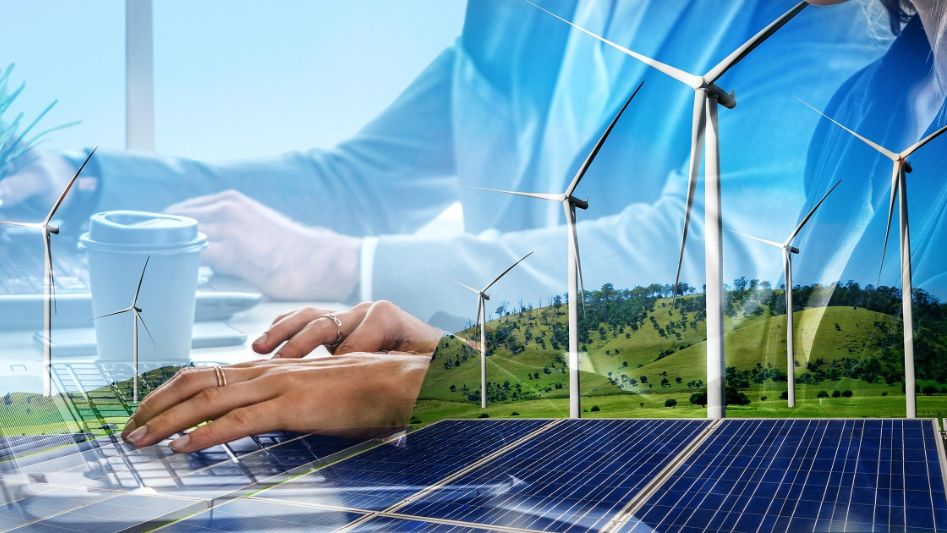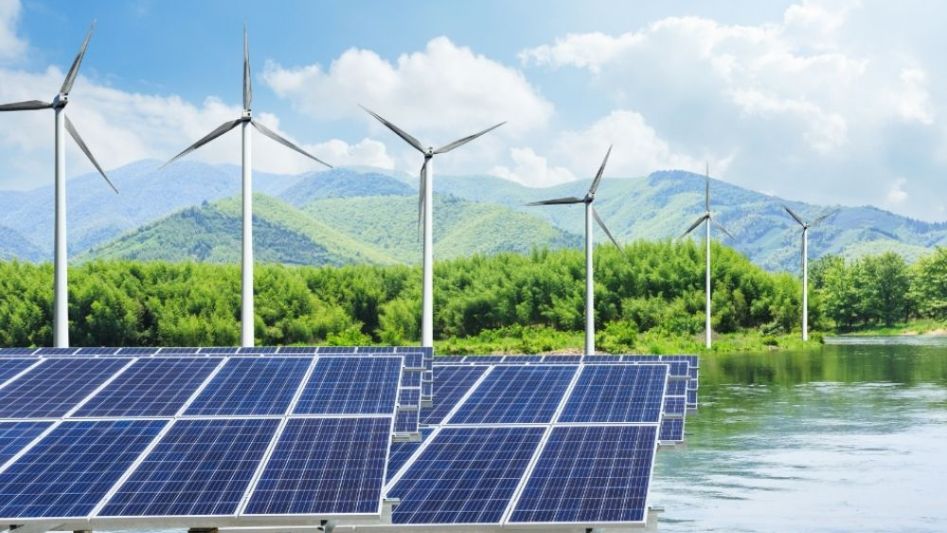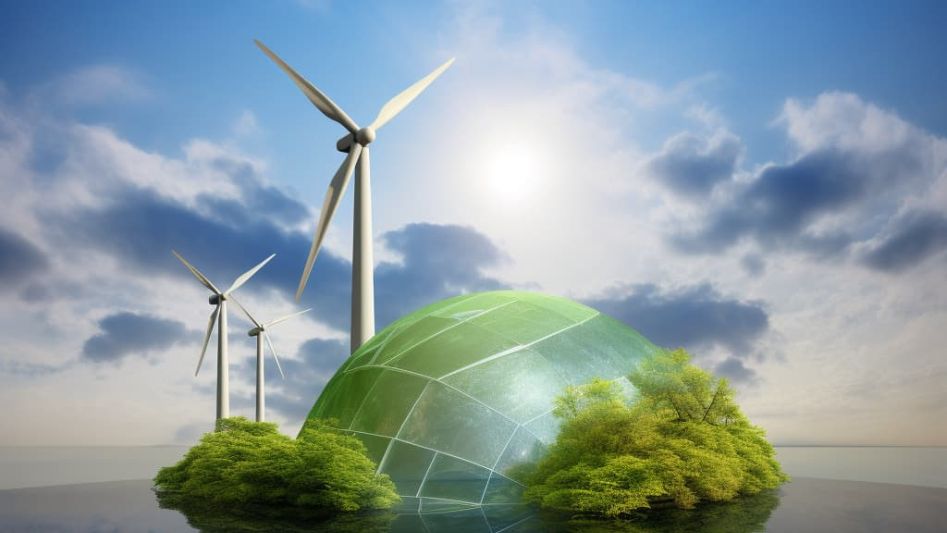In our quest for a sustainable future, green energy innovations continue to play a pivotal role. The urgency to combat climate change, reduce our carbon footprint, and transition away from fossil fuels has spurred remarkable advancements in renewable energy technologies. As we look to the horizon, here are some of the most exciting green energy innovations that hold the potential to reshape our energy landscape.
Table of Contents

1. Advanced Solar Power
Perovskite Solar Cells: A Game-Changer
Perovskite solar cells are emerging as a game-changer in the world of solar energy. These next-generation solar cells are cheaper to manufacture and more efficient than traditional silicon-based cells. With ongoing research and development, perovskite solar cells are poised to become a dominant player in the solar market, making clean energy more accessible than ever.
Solar Paint and Windows
Imagine if every surface of your home or office could generate electricity. Solar paint and windows, currently in development, promise to turn this vision into reality. These innovations integrate solar technology into building materials, allowing for energy generation while maintaining aesthetics.
2. Wind Power Breakthroughs
Offshore Wind Farms
Offshore wind farms are expanding rapidly, harnessing the stronger and more consistent winds found at sea. Floating wind turbines are another innovation that promises to unlock even more offshore wind energy potential, making renewable energy accessible to coastal regions worldwide.
Kite-Powered Wind Energy
In an intriguing development, companies are experimenting with kite-powered wind turbines. These airborne turbines are tethered to the ground and can capture stronger winds at higher altitudes, potentially increasing energy generation while reducing the materials needed for traditional wind turbines.
3. Energy Storage Advancements
Solid-State Batteries
Solid-state batteries are revolutionizing energy storage. With higher energy density, improved safety, and longer lifespans compared to traditional lithium-ion batteries, they have the potential to accelerate the adoption of electric vehicles and enhance the reliability of renewable energy sources.

Gravity-Based Energy Storage
Gravity-based energy storage systems, such as gravity batteries and pumped hydro storage, are gaining attention. These systems store energy by lifting heavy objects or pumping water to higher elevations when energy supply exceeds demand and releasing it when needed. They offer scalable and sustainable solutions for grid-level energy storage.
4. Hydrogen Power
Green Hydrogen Production
Hydrogen, when produced using renewable energy sources, is referred to as “green hydrogen.” Green hydrogen has the potential to decarbonize various sectors, including heavy industry and transportation. Innovations in electrolysis technology are making green hydrogen production more efficient and cost-effective.
5. Smart Grids and Energy Management
AI-Driven Energy Management
Artificial intelligence (AI) is transforming the way we manage and distribute energy. Smart grids equipped with AI algorithms can optimize energy distribution, reduce wastage, and improve grid resilience, ultimately making our energy systems more efficient and reliable.

Conclusion
The future of green energy is undeniably bright, with a multitude of innovative technologies on the horizon. These advancements hold the promise of not only reducing our environmental impact but also revolutionizing the way we generate, store, and manage energy. As we continue to invest in and adopt these green energy innovations, we move closer to a sustainable and carbon-neutral future, where clean energy powers our world. It’s a future that is both necessary and within our reach.
FAQs
How does green energy benefit the environment?
Green energy reduces carbon emissions, air pollution, and dependence on finite fossil fuels. It contributes to cleaner air, mitigates climate change, and conserves natural resources.
What are the types of green energy sources?
Common green energy sources include solar power, wind energy, hydropower, geothermal energy, and biomass energy.
What is the future of green energy?
The future of green energy is promising, with ongoing innovations in technology, energy storage, and grid management. It aims to provide sustainable, reliable, and affordable energy solutions.
How can I transition to green energy at home?
You can switch to green energy by installing solar panels, using energy-efficient appliances, reducing energy consumption, and supporting green energy providers.
You May Also Like
- THE ROLE OF GREEN ENERGY IN COMBATTING CLIMATE CHANGE
- GREEN ENERGY MYTHS VS. FACTS: SEPARATING TRUTH FROM FICTION
- THE ECONOMICS OF GREEN ENERGY: COST AND BENEFIT ANALYSIS
- THE ROLE OF TECHNOLOGY IN ADVANCING GREEN ENERGY
- ECO-INNOVATIONS: THE NEXT BIG THING IN GREEN ENERGY
